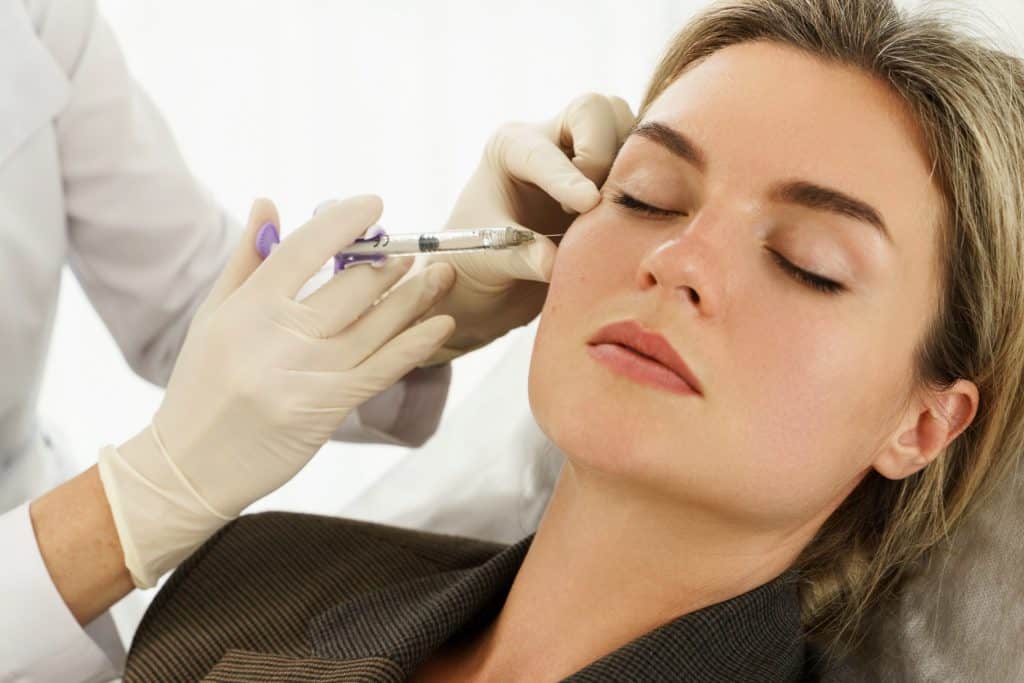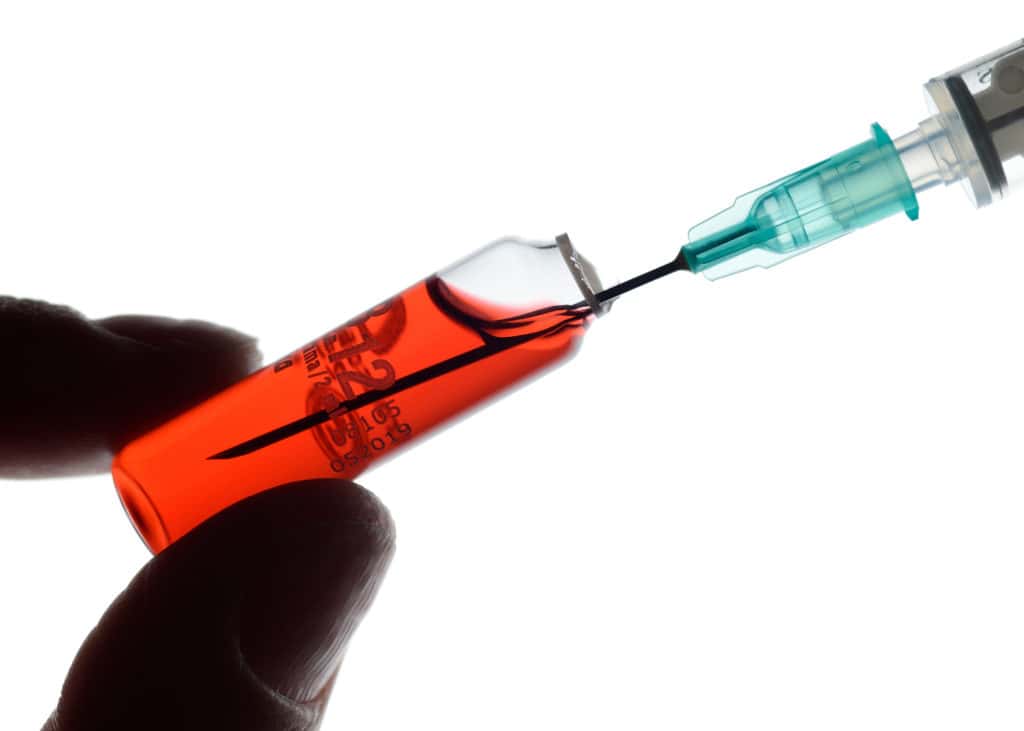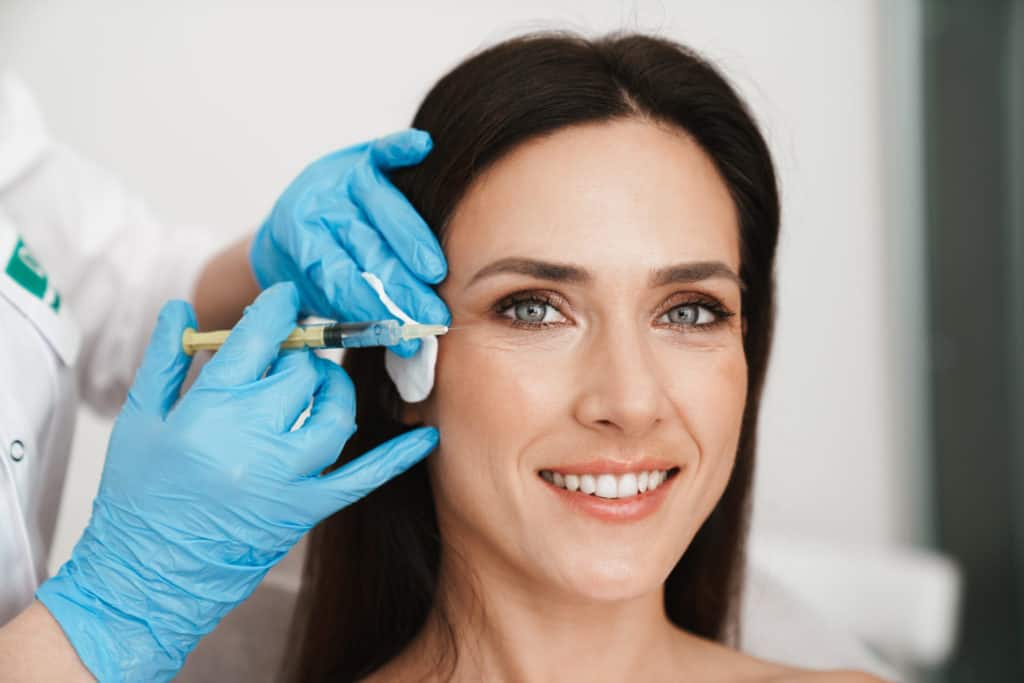In cosmetic treatments, dermal fillers and Botox are two popular options that have been making waves. These non-surgical procedures guarantee promising results, whether you hope to obtain a more youthful complexion, smooth out wrinkles, or accentuate your lips. But what exactly are dermal fillers and Botox, and how do they differ?
By understanding how these treatments work and the specific concerns they address, you’ll be better equipped to make an informed decision about which option is best suited for your aesthetic goals. So, let’s discover the differences between dermal fillers and Botox, helping you pave the way to a more youthful and radiant you.
What are dermal fillers?
Dermal fillers are gel-like materials injected beneath the skin’s surface to fill in wrinkles, increase volume, and improve facial lines. Hyaluronic acid, a compound that occurs naturally in the body and aids in maintaining the moisture and flexibility of the skin, is often used to make these fillers. Dermal fillers may restore volume to regions that have lost volume or smooth out wrinkles thanks to their gel-like consistency, giving the skin a more youthful and refreshed appearance.
The primary purpose of dermal fillers is to restore lost volume, soften facial lines and wrinkles, and enhance specific facial features. Dermal fillers replenish and restructure the skin’s underlying tissues, creating a smoother and more youthful appearance. They can address various concerns, such as nasolabial folds (smile lines), marionette lines, thin lips, hollowed cheeks, and under-eye hollows.
What is Botox?
Botox, short for botulinum toxin, is a neurotoxic protein derived from the bacterium Clostridium botulinum. Botox is used in a purified and diluted form in cosmetic treatments to relax specific facial muscles temporarily. It functions by obstructing the nerve impulses that trigger muscular contractions, which decreases muscle activity and prevents the appearance of wrinkles and fine lines.
The primary purpose of Botox in cosmetic treatments is to minimize the appearance of dynamic wrinkles caused by repetitive facial muscle movements, such as frown lines, crow’s feet, and forehead lines. Botox temporarily blocks the production of acetylcholine, a neurotransmitter that causes muscular contractions, when injected into specific facial muscles. By reducing muscle activity, Botox relaxes the overactive muscles and smoothes out the wrinkles and lines associated with facial expressions.
Botox is commonly used to address forehead lines, glabellar lines (between the eyebrows), and crow’s feet. It can also be used for other cosmetic purposes, such as lifting the eyebrows, reducing the appearance of a gummy smile, and softening chin dimples or neck bands. Botox is a temporary solution, with effects typically lasting around three to six months. Subsequent treatments are needed to maintain the desired results.
How are the results of Dermal Fillers and Botox differ?
The duration of results can vary depending on factors such as the specific product used, the area treated, and individual factors like metabolism.
- Depending on the kind of filler used, dermal fillers often provide benefits right away that can last anywhere between six months and two years.
- Botox results usually become noticeable within a few days after treatment, typically lasting around 3 to 4 months.
Because dermal fillers are gradually dissolved and absorbed by the body over time, they are regarded as temporary cosmetic treatments. To maintain the desired results, periodic touch-up treatments are usually required as the filler slowly dissipates. The frequency of touch-ups varies depending on factors such as the type of filler used, individual metabolism, and the desired level of correction.
Botox is also considered a temporary treatment as its effects gradually wear off. The duration of results can vary between individuals, but typically Botox effects last around 3 to 4 months. Given that the benefits of Botox diminish with time, regular treatments are required to maintain the intended results. Consistency in scheduling follow-up treatments can ensure ongoing improvement and sustained results.
Before undergoing Dermal Filler or Botox treatments, what precautions should you consider?
Consulting with a qualified provider at ReNu Aesthetics & Wellness before undergoing any dermal filler or Botox treatment is essential. A professional consultation thoroughly evaluates your concerns, medical history, and expectations to determine the most suitable treatment plan.
While dermal fillers and Botox are generally safe treatments, there are specific contraindications and precautions to be aware of, such as:
- Dermal fillers may not be suitable for individuals with severe allergies, active infections or inflammation in the treatment area, or a history of excessive scarring or keloid formation.
- Individuals with neuromuscular disorders or allergies to any product’s components shouldn’t use Botox if they are pregnant or nursing.
It is essential to disclose your medical history, including any allergies or underlying health conditions, to your provider to ensure the safety and suitability of the treatment. Prioritizing safety and seeking treatment from a qualified professional is of utmost importance when considering dermal filler or Botox treatments.
What is the right choice for you?
These are some factors to consider when choosing between the two treatments:
- Desired Results: Consider the specific results you want to achieve. If you desire volume enhancement or to fill in deep wrinkles, dermal fillers may be the better option. Botox may be more suitable if your primary concern is dynamic wrinkles caused by muscle movement.
- Specific Concerns: Consider your particular facial concerns and areas of focus. Dermal fillers are versatile and can address various problems, including adding volume to the cheeks, plumping the lips, or filling in nasolabial folds. Botox, conversely, is effective for smoothing out wrinkles caused by muscle movement in targeted areas.
- Duration of Results: Consider the period of results you desire. Dermal fillers typically provide immediate results that can last anywhere from several months to over a year, depending on the type of filler used. Botox results are temporary and usually last around 3-4 months, requiring regular touch-up treatments to maintain the effects.
- Personal Preferences: Consider your personal preferences and comfort level with each treatment. Some individuals may prefer the idea of dermal fillers for adding volume, while others may feel more inclined towards Botox to address dynamic wrinkles.
Achieve a Youthful Transformation with Dermal Fillers
Both dermal fillers and Botox have the potential to enhance your appearance and address specific cosmetic concerns. These treatments can help you achieve a more youthful and refreshed look, boost self-confidence, and restore a youthful facial appearance.
Dermal fillers focus on adding volume and enhancing facial contours, while Botox primarily addresses dynamic wrinkles caused by muscle movement. Dermal fillers are versatile and can target various areas, while Botox is more commonly used in specific regions like the forehead, crow’s feet, and frown lines.
Our ReNu Aesthetics & Wellness team ensures you understand dermal fillers’ potential benefits, limitations, and safety considerations, helping you make an informed decision. So what are you waiting for?



